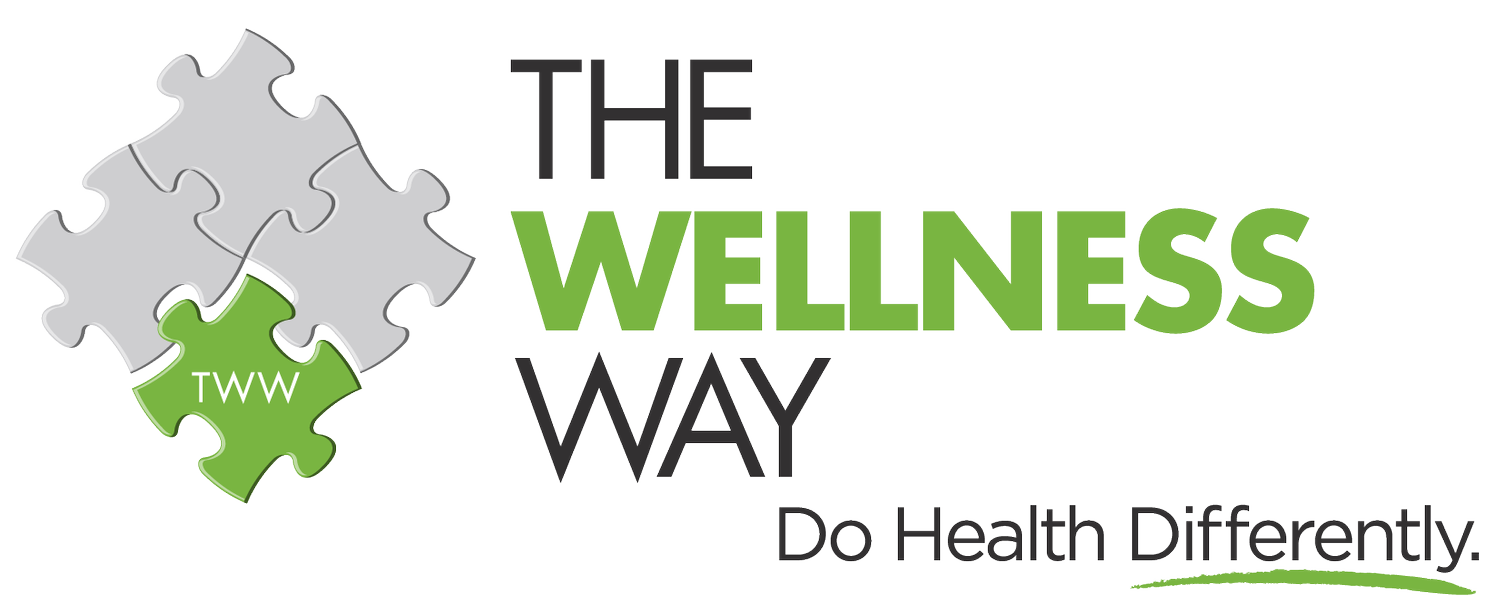Quick Dive Into The Cool Benefits Of Cold Plunging
In recent years, cold plunging has gained significant attention for its many benefits, but this ancient practice has roots dating back to 3500 BC. Used by civilizations such as the ancient Romans, Egyptians, and Greeks, cold plunging has long been recognized for its therapeutic properties. While its popularity has surged in modern times, particularly due to increased scientific research, its origins are deeply embedded in history.
Understanding the Benefits
Vasoconstriction: When the body is exposed to cold temperatures, it initiates a vasoconstriction response, narrowing blood vessels near the skin and redirecting blood flow to vital organs. This improves circulation and supports overall cardiovascular health.
Acute Stress Response: Cold plunging induces a beneficial acute stress response, similar to the physiological reactions when you perform intense workouts. This response, marked by a temporary increase in cortisol levels, serves as a natural stimulant for heightened mental alertness and cognitive function.
Mental Clarity: The rush of blood flow to the brain and increased levels of adrenaline hormones (epinephrine and norepinephrine) also promote heightened focus and cognitive function post-plunge.
Increased Testosterone: Studies suggest that regular cold exposure may lead to increased testosterone levels, particularly in men. Higher testosterone levels are associated with improved muscle strength, libido, and mood.
Boosted Immune System: Cold plunging can stimulate the production of T-suppressor cells, enhancing immune function and reducing the risk of infections. This immune-boosting effect may be particularly beneficial for individuals with autoimmune conditions.
Elevated Dopamine Levels: Cold plunging can trigger a release of dopamine, commonly referred to as the "happy hormone”. Dopamine promotes feelings of relaxation and happiness while mitigating symptoms of sadness, depression, or anxiety.
Exploring Cold Plunging Techniques
Cold Water Swimming: A traditional method practiced in Nordic countries, involves immersing in cold bodies of water, such as lakes or ponds, to reap very cost-effective benefits of cold exposure.
Cold Plunge Devices: For those seeking a more accessible option, cold plunge tanks are readily available in the market. This can range from simple bins to chillers filled with ice-cold water, allowing individuals to have their own cold plunge experience at home.
Cold Showers: While not as effective as immersion in cold water, this is a convenient alternative, especially for people residing in regions with colder climates. However, this efficacy may vary depending on water temperature and may not be as pronounced for individuals in warmer regions.
Tips for a Better Plunge
Water Temperature: Ideal water temperature for cold plunging ranges from 50 to 58°F. Some people prefer it a bit colder, below 50°F, for added benefits. However, it's worth noting that excessively lower temperatures don't necessarily yield significantly greater benefits.
Duration and Frequency: Try to spend around 11 minutes in total per week in the cold water, split into shorter sessions of 3 to 6 minutes each. Adjust the length based on how comfortable you feel and how often you do it.
Submersion Level: Make sure to get in the water up to your shoulders to get the most out of your plunge. This helps activate brown fat and boosts thermogenesis, making your experience more effective.
Post-Plunge Recommendations
After a cold plunge, it's important to take care of yourself properly to keep up the good effects and stay comfortable. Here are some tips on what to do after you get out of the cold water.
Gradual Warm-Up: After your plunge, take it easy and give your body time to warm up naturally over the next 30 to 40 minutes. Avoid jumping straight into a hot shower, as this helps your blood circulate better and keeps those benefits going.
Beware of Afterdrop: Some people may experience a temporary drop in body temperature post-plunge, known as afterdrop. This can make you shiver and feel chilly; which only emphasizes why it is important to warm up slowly and get used to the change in temperature before doing anything else.
Who Should Not Cold Plunge?
While beneficial for many, individuals with cardiovascular disease or autoimmune conditions should be cautious with cold plunging. The stress from cold exposure can raise heart rate, which may be risky for those with heart problems, so consulting a healthcare professional beforehand is important. Starting slowly is key to avoid overwhelming the body. Also, talking to a doctor is crucial for anyone with autoimmune issues to ensure cold plunging is safe and won’t harm their health.
In wrapping up, cold plunging is not just a trend; it's a practice backed by history and science, offering real benefits like better heart health, sharper thinking, and a stronger immune system. But remember, it's always smart to chat with a doctor first, especially if you have health concerns.
Whether you're jumping into a chilly lake, getting a cold plunge tank, or simply turning down the shower temperature, the key is to go at your own pace. So, take it slow, listen to your body, and remember - sometimes, a cold plunge is all it takes to feel refreshed and rejuvenated.
Dive in with Dr. Connor Wolfe as he expertly guides you through the transformative practice of cold plunging. Learn to embrace the chill for enhanced health and vitality. Click below to begin your journey toward invigorated well-being!

